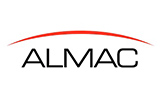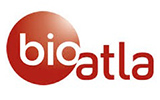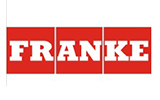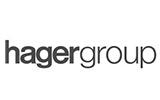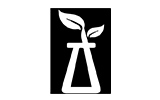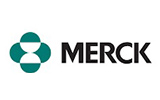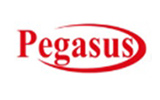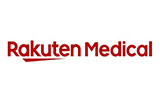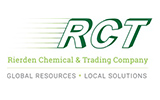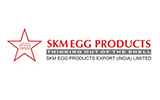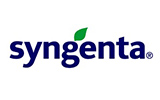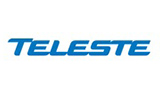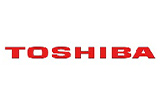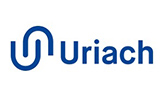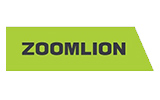1. Research Framework
1.1. Research Objective
1.2. Product Overview
1.3. Market Segmentation
2. Executive Summary
3. United States Oil and Gas Chemicals Market Insights
3.1. Industry Value Chain Analysis
3.2. DROC Analysis
3.2.1. Growth Drivers
3.2.1.1. Rising Global Energy Demand
3.2.1.2. Advancements in Oil and Gas Exploration Technologies
3.2.1.3. Growing Emphasis on Enhanced Oil Recovery
3.2.2. Restraints
3.2.2.1. Fluctuating Oil Prices
3.2.2.2. Shift Towards Renewable Energy Sources
3.2.3. Opportunities
3.2.3.1. Stringent Environmental Regulations
3.2.3.2. Expansion of Petrochemical Industry
3.2.4. Challenges
3.2.4.1. High Initial Investment Costs
3.2.4.2. Technological Advancements and Substitutes
3.3. Technological Advancements/Recent Developments
3.4. Regulatory Framework
3.5. Porter's Five Forces Analysis
3.5.1. Bargaining Power of Suppliers
3.5.2. Bargaining Power of Buyers
3.5.3. Threat of New Entrants
3.5.4. Threat of Substitutes
3.5.5. Intensity of Rivalry
4. United States Oil and Gas Chemicals Market: Marketing Strategies
5. United States Oil and Gas Chemicals Market Overview
5.1. Market Size & Forecast, 2025-2033
5.1.1. By Value (USD Million)
5.2. Market Share & Forecast
5.2.1. By Product Type
5.2.1.1. Drilling Fluids & Chemicals
5.2.1.2. Production Chemicals
5.2.1.3. Enhanced Oil Recovery (EOR) Chemicals
5.2.1.4. Refinery Process Chemicals
5.2.1.5. Specialty Chemicals
5.2.2. By Application
5.2.2.1. Upstream (Exploration & Production)
5.2.2.2. Midstream
5.2.2.3. Downstream
6. Competitive Landscape
6.1. List of Key Players and Their Offerings
6.2. United States Oil and Gas Chemicals Company Market Share Analysis, 2023
6.3. Competitive Benchmarking, By Operating Parameters
6.4. Key Strategic Developments (Mergers, Acquisitions, Partnerships, etc.)
7. Impact of Escalating Geopolitical Tensions on United States Oil and Gas Chemicals Market
8. Company Profiles (Company Overview, Financial Matrix, Competitive Landscape, Key Personnel, Key Competitors, Contact Address, Strategic Outlook, and SWOT Analysis)
8.1. Baker Hughes
8.2. Halliburton
8.3. Schlumberger
8.4. Chevron Phillips Chemical Company
8.5. Dow
8.6. Ashland
8.7. Nouryon
8.8. Solvay
8.9. Clariant
8.10. Elementis
8.11. Other Prominent Players
9. Key Strategic Recommendations
10. Research Methodology
10.1. Qualitative Research
10.1.1. Primary & Secondary Research
10.2. Quantitative Research
10.3. Market Breakdown & Data Triangulation
10.3.1. Secondary Research
10.3.2. Primary Research
10.4. Breakdown of Primary Research Respondents, By Country
10.5. Assumptions & Limitations
*Financial information of non-listed companies can be provided as per availability.
**The segmentation and the companies are subject to modifications based on in-depth secondary research for the final deliverable.


